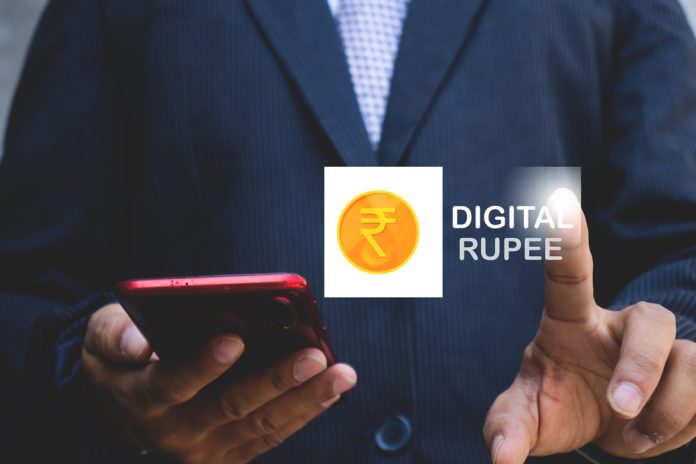The Reserve Bank of India (RBI) is pushing its central bank digital currencies (CBDCs) programme further by testing offline capabilities in rural areas of the country.
The RBI is testing Digital Rupee offline solutions to not only assess its functionality, but also to promote adoption of the CBDC in rural and remote areas, in particular those areas where internet connectivity is limited and at its lowest.
This is largely due to the RBI continuing to push the digital rupee as a potentially viable fully functioning form of currency and exchange within its financial system.
Offline programmability is the next step in the RBI’s programme, which has so far seen over one million daily transactions towards the end of 2023.
The current CBDC system in place enables person-to-person and person-to-merchant payments via a dedicated CBDC wallet from accompanying banks. The Indian central bank has also expressed a desire to test the digital rupee’s cross-border transaction capabilities within legacy systems to other countries.
Once tests begin for offline functionality, various payment methods will be studied in rural and urban environments to test the strength of the transaction speed and connectivity.
The RBI launched the digital rupee for retail sale in December 2022 in an attempt to increase financial inclusion of the digital currency amongst those who typically do not have access to digital payment methods, amongst a host of other goals.
Indian banks such as ICICI and IDFC First were amongst the first to adopt the CBDC by assessing the strength of its value as an in-store payment method.
Minister of Finance of India, Nirmala Sitharaman, proposed the digital rupee in February 2022 in a bid to give the country’s digital economy a “big boost”.
She stated: “Introduction of a central bank digital currency will give a boost, a big boost to the digital economy. Digital currency will also lead to a more efficient and cheaper currency management system.”























